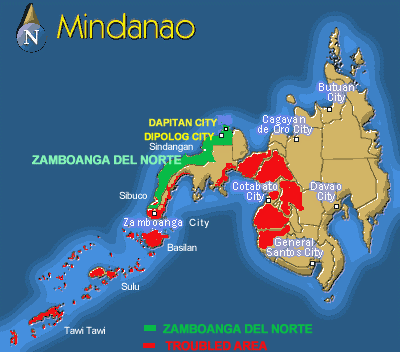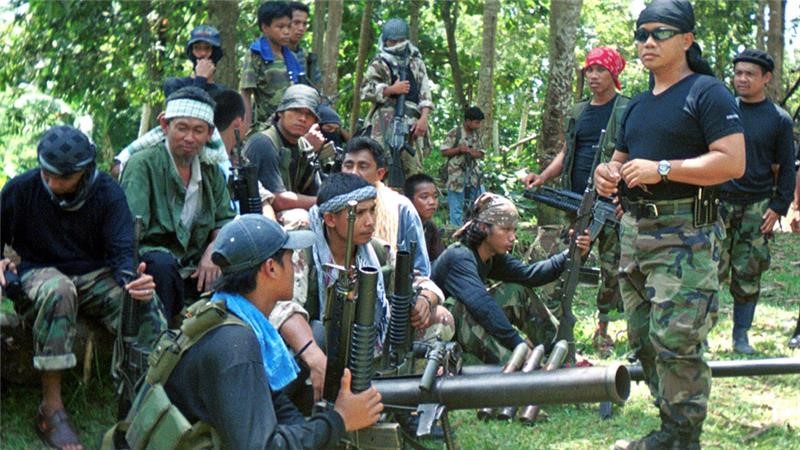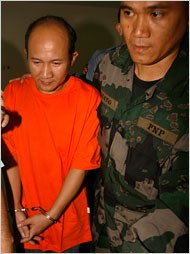Andrew McGregor
October 20, 2011
A sudden series of attacks on Sufi shrines and tombs in and around the Libyan capital of Tripoli by heavily armed men in uniform has shocked the large Sufi community in Libya and may indicate the development of a pattern of sectarian attacks similar to those against Sufi groups in Iraq, Pakistan, Somalia and elsewhere. Supporters in Tripoli welcomed the attacks, claiming the Sufis were using the shrines to practice “black magic” (AP, October 13).
Exhumed Tomb of Sidi Abdul Rahman al-Masri, Tripoli
In Tripoli, the attackers broke into the shrines of Abdul Rahman al-Masri and Salim Abu Sa’if, exhuming and taking away their remains while burning relics and other items found at the shrines. Similar attacks were reported elsewhere in Tripoli and in the nearby town of Janzour. Some of the attackers boasted of having come from Egypt for the purpose of destroying Sufi shrines (AP, October 13). Tripoli’s revolutionary military council is currently headed by Benghazi Salafist militia leader Abd al-Hakim Belhadj.
Salafists in general oppose the construction of elaborate tombs for Muslim holy men or their visitation in the hope of securing their intercession through pilgrimage and prayer. The sentiment runs so strongly in the Salafist community that Saudi Wahhabis even once tried to destroy the tomb of the Prophet Muhammad in Medina.
In Somalia, heavily armed al-Shabaab fighters have used hammers and other tools to destroy Sufi shrines and graves while chanting “Allahu Akbar.” According to an al-Shabaab official, such operations would continue “until we eradicate the culture of worshiping graves” (AFP, March 26; see Terrorism Monitor Brief, April 2, 2010). Al-Shabaab’s anti-Sufi approach led to the foundation of Ahl al-Sunna wa’l-Jama’a (ASJ), a Sufi-dominated militia devoted to the destruction of al-Shabaab’s Salafi-Jihadists.
In recent years the ever-mercurial Gaddafi backed away from his regime’s anti-Sufi policies (largely directed at the once-powerful Sanussi order) and began to encourage the wider adoption of Sufism by Libyan Muslims as a means of countering the growth of Islamism in centers like Benghazi. To this end Tripoli was the surprising host of the Second World Sufi Conference, held in the Libyan capital last February (Tripoli Post, February 15).
Transitional National Council head Mustafa Abdul Jalil denounced the attacks, describing them as “not on the side of the revolution,” while urging a noted religious leader in the rebel ranks, al-Sadiq al-Gheriani, to issue a fatwa condemning such attacks. Al-Gheriani has already said he opposes the construction of such shrines, but does not advocate their forcible removal while the successful rebel forces still lack a unified command (AP, October 13).
In neighboring Egypt there have been reports that Salafists intend to destroy a number of Sufi shrines and mosques, beginning with the mosque housing the tomb of al-Mursi Abu’l-Abbas and continuing with the destruction of 15 other Sufi mosques in Alexandria. Sufis in that city have supplied the Egyptian military with a list of 20 mosques that have already been attacked by Salafists. Street-fights have broken out elsewhere in Egypt as Salafists use the post-Revolution breakdown in law and order to attack Sufi shrines (al-Masry al-Youm, April 12). Sufis in Egypt are reported to be forming self-defense committees.
This article was first published in the October 20, 2011 issue of the Jamestown Foundation’s Terrorism Monitor




